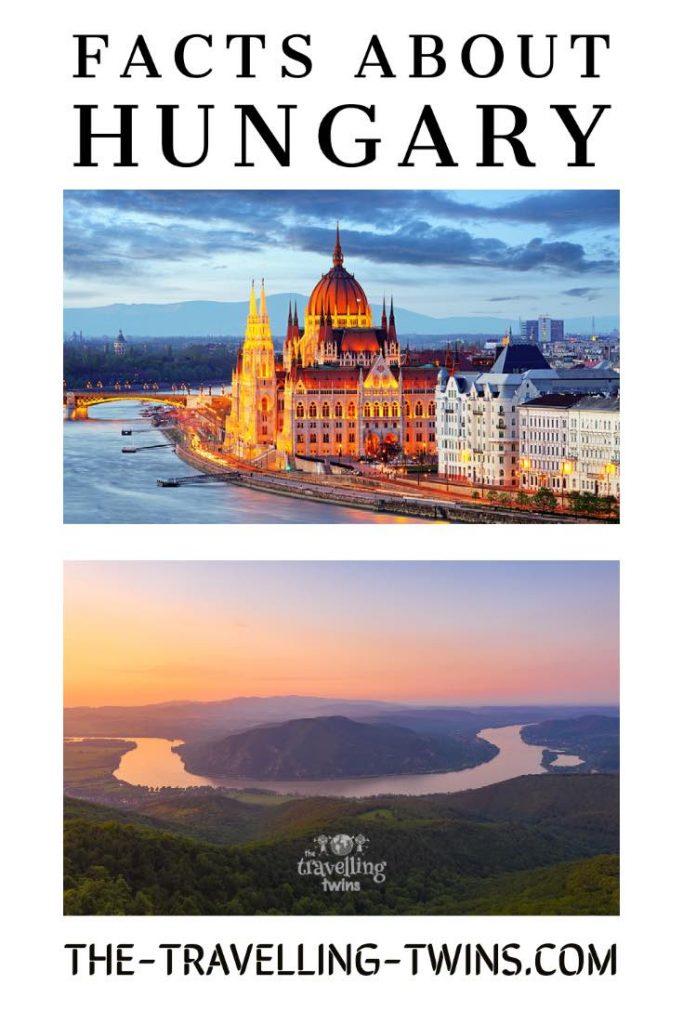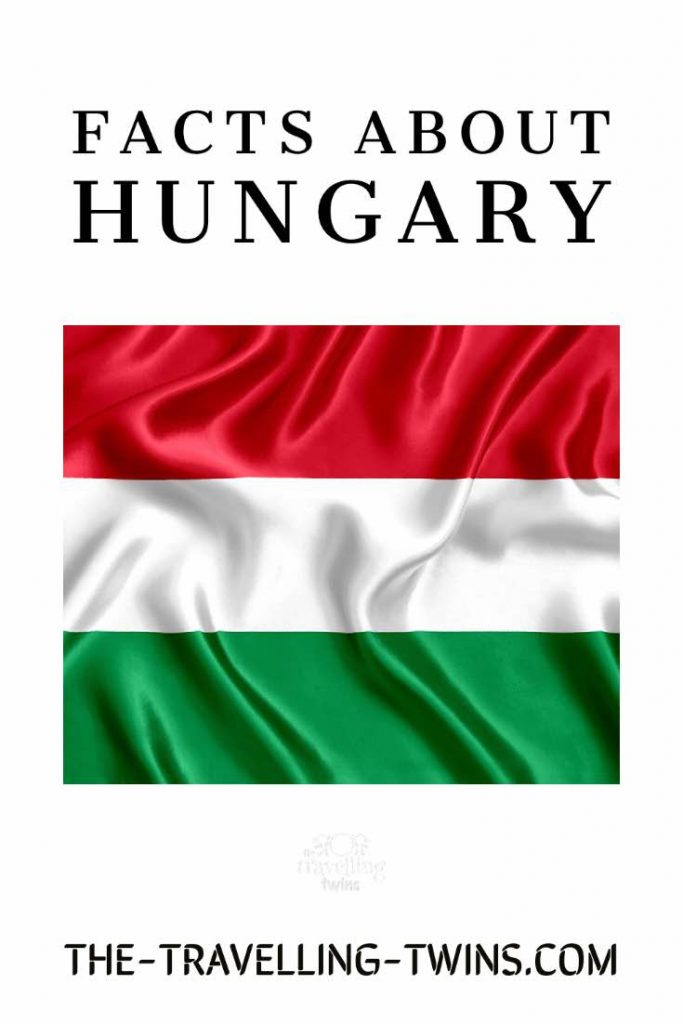Hungary has a rich history and culture, which are evident from its architecture, food and art. Some of the things that Hungary is most famous for include thermal baths, paprika-rich cuisine, ornate baroque architecture and a lively music scene. Hungary also has a well-developed economy, making it an attractive place to do business.
We visited Hungary during our camper trip through Europe, and we enjoyed exploring Budapest with Kids. Hope our article about Interesting facts about Hungary will make you more interested in this beautiful country and you will explore it yourself.
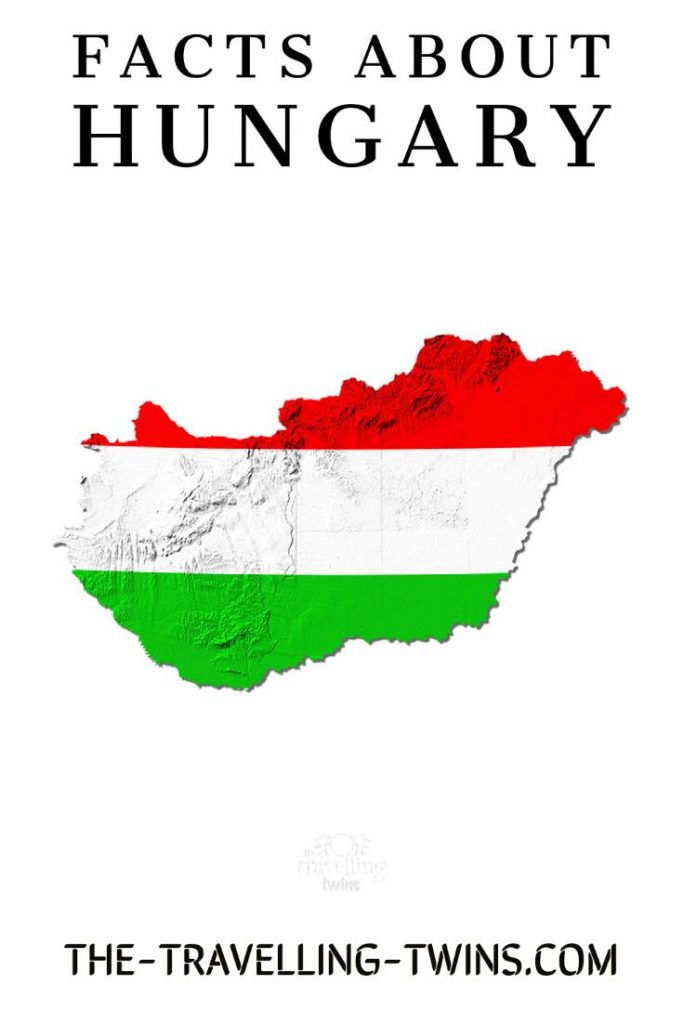
Geography of Hungary
Hungary is a landlocked country in Central Europe that shares borders with seven other countries: Austria, Slovakia, Ukraine, Romania, Serbia, Croatia and Slovenia.
The Great Hungarian Plain, or Alföld, is the largest flatland in Europe. It stretches across Hungary from north to south and covers more than half of the country. The landscape is mostly flat and fertile, with a few gentle hills and forests scattered throughout—a number of major rivers that flow through the plain, including the Danube, Tisza and Szamos. The Great Hungarian Plain is an important agricultural region, producing grain, fruits, vegetables and livestock.
Lake Balaton is the largest lake in Central Europe.
Hungary might be a land locked country without a coastline, but its territory includes the biggest lake in Central Europe – Lake Balaton.
Hungary even has its own hot springs. They are located in the western part of the country near the border with Austria. Budapest is located in this region, and tourists flock to enjoy the city’s twenty hot springs spas. The most popular spa resort is Szechenyi Spa, which offers indoor and outdoor pools with different health benefits. Szechenyi Spa introduced the first thermal waters in Budapest in 1881.
The Danube River is the longest river in Central Europe and one of the most important navigable waterways in Europe. It flows through Hungary for 965 kilometers, making it an important part of the country’s economy and infrastructure. The Danube is a major transportation route for goods and passengers, and it also plays a significant role in Hungary’s tourism industry.
History of Hungary
Hungary is one of the oldest countries in Europe, with a history that dates back to the early Middle Ages. The Magyars Tribes, an ancient people from Central Asia, first settled in the region in the 9th century. The Kingdom of Hungary was established in 1000 AD, and it went on to become one of the most powerful countries in Europe. In the 16th century, Hungary was conquered by the Ottoman Turks and remained under their rule for 150 years.
Hungary’s long and complicated history has included a number of different empires. The most notable of these was the Austro-Hungarian Empire, which lasted from 1867 to 1918. The empire was dissolved at the end of World War I, and Hungary became an independent nation. In the dissolution of the Austro Hungarian empire, other new countries also came into being, including Austria, Czechoslovakia, and Yugoslavia.
After World War II, Hungary was under the communist rule influenced by the Soviet Regime for more than four decades. In 1989, communism was overthrown in the country, and Hungary was the first of the states under Soviet Union rule to open its border to Western Europe. Later in 2004, Hungary became part of the European Union.
Hungarian people
The population of Hungary is 9.8 million people, making it the 108th most populous country in the world. The majority of Hungarians (85%) are ethnic Hungarians, descended from the Magyar Tribes that first settled in the country in the 9th century. Other major ethnic groups in Hungary include Roma (Gypsies), Germans and Slovaks.
Around 70 % of the Hungarian population live in cities. These are spread across the country. Budapest, Debrecen, Szeged, Miskolc and Pec.
Religion in Hungary
Hungary is a predominantly Catholic country, with around 60% of the population belonging to the Roman Catholic Church. However, there is a large Protestant minority (around 20%) and a small Muslim and Greek Orthodox minority. The official religion of Hungary is Christianity; however, freedom of religion is guaranteed by the national constitution.
Hungarian Language
The official language of Hungary is Hungarian; however English is also widely spoken. Hungarian is a Finno-Ugric language Hungarian – like no other European language, it is most closely related to Finnish and Estonian.
Hungarian is spoken by nearly 10 million people in Hungary and the neighbouring countries. So it is no surprise that Hungarian is a difficult language to learn. It has complex grammatical structures and its pronunciations are difficult for Romantic and Slavonic people alike. However, the language is rich in vocabulary with many unique Hungarian words. The Hungarian alphabet is based on the Roman model but with an extended character set comprising 44 letters!
Hungarian flag
The Hungarian flag comprises three horizontal stripes, red, white and green. The flag is a symbol of patriotism and national unity used in Hungary since 1848.
The three colors of the Hungarian flag come from the historical Hungarian coat of arms.
The idea of using three colors on the flag is said to relate to the French tricolour representing revolution and the ideals of humanity against oppression; however, the stripes are horizontal, not vertical otherwise, it would look like the Italian flag!
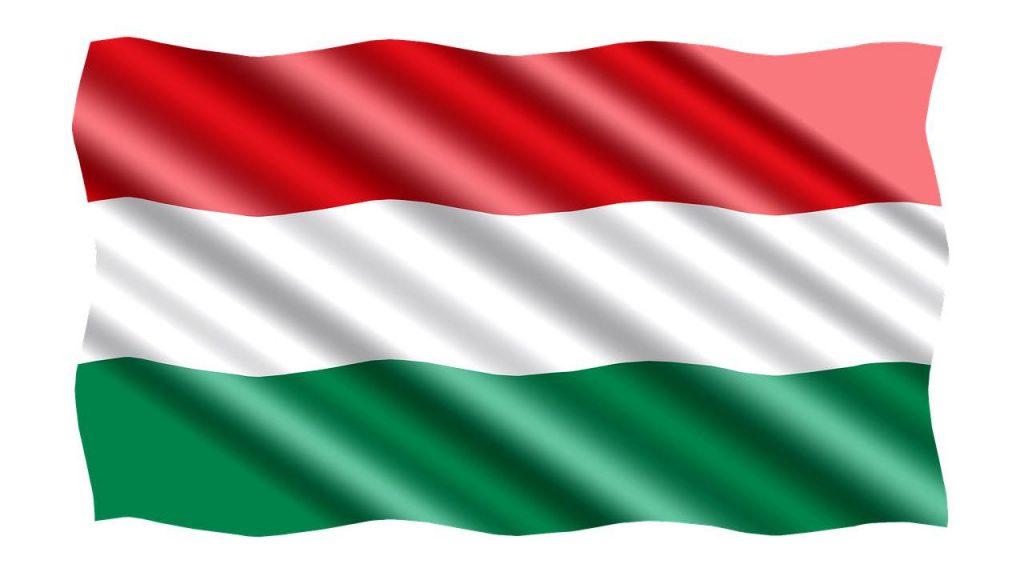
A few facts about Budapest – the Hungarian capital city
Hungary’s capital, Budapest, is the country’s largest city. It has a number of notable landmarks to attract visitors, including Buda Castle and Fisherman’s Bastion. The Hungarian Parliament Building is one of the city’s vast iconic structures.
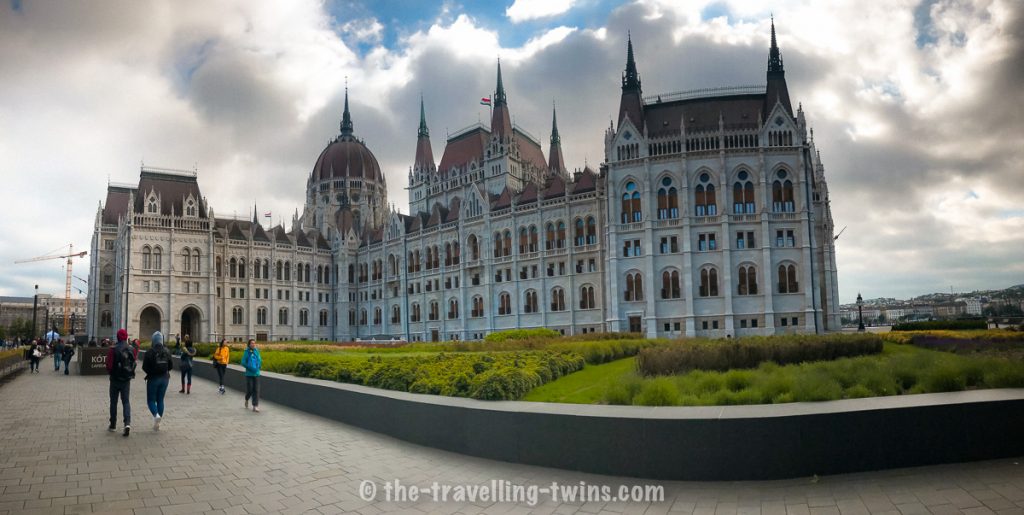
Budapest has the highest number of thermal springs in the world
Budapest is well-known for its thermal springs, which are said to have therapeutic qualities. There are over one hundred natural springs in the city, perhaps four per cent of all thermal springs found worldwide. These springs are not only of modern-day interest. They are to be found in structures of ancient Greek, Roman, and Turkish architecture.
Budapest Spring Festival
The Budapest Spring Festival is one of the most important cultural events in Hungary. It takes place every year in March and April and features a range of performances and exhibitions by international artists. The festival is held in a number of different venues, including the Buda Castle, the National Gallery and the Hungarian State Opera House.
Budapest’s Underground
Hungary also has the third oldest underground railway in the world, after London Underground and New York. It was opened in 1896, and the line runs from Vorosmarty Square to City Park.
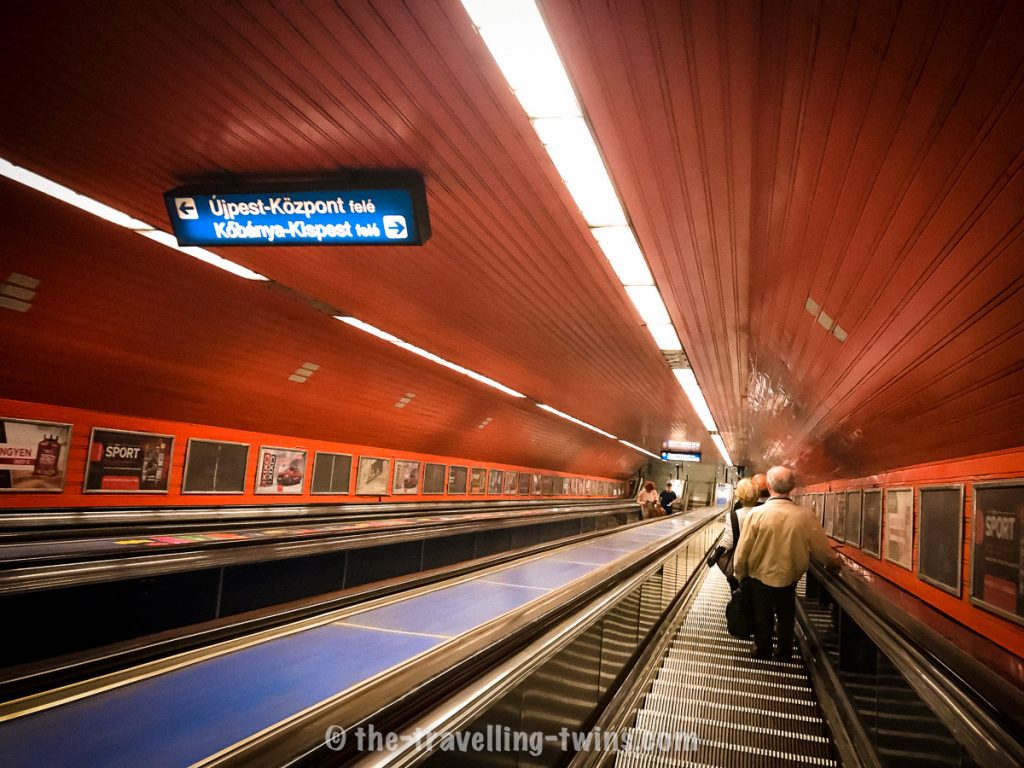
Hungarian Cuisine
Hungarian dishes are based on traditional recipes that have been passed down through the generations. The savoury side of Hungarian cuisine uses especially spicy and sour flavours and is also heavily influenced by Central European and Mediterranean dishes.
Hungarian National dish
The National dish of Hungarian cuisine is goulash, a stew made of beef or pork, onions, tomatoes, Hungarian paprika and spices. Other popular dishes include chicken paprikash, langos (a deep-fried dough pastry) and poppyseed strudel.
Hungarian wine, and home to the world’s first official wine region
Hungary is also famous for its wines. The country is home to a number of vineyards and produces a variety of wines, including white, red and rosé wines.
French, Italy and California are probably best known worldwide for their wines, but Hungary also has something special. Tokai Aszu translates to kings of wine. And there, you have the chance to see the first officially designated wine country on Earth. The French king Charles XIV wrote of it: “The wines of the King and the King of wine”.
Famous Hungarians
Hungary has a long history of producing talented and famous people. Some of the most renowned Hungarians include:
• Classical music composer Béla Bartók
• Inventor of the ballpoint pen – László Bíró
• Rubik’s cube inventor Ernő Rubik
Thirteen Hungarians have won Nobel Prizes, that’s more than Japanese, Australians or Spanish. Though all the Hungarians who won the Nobel Prize had actually emigrated from the country!
Fun facts about Hungary
It is considered rude to clink your beer glasses
This legend relates to thirteen rebellious Hungarians executed in 1848 for their resistance against the Austrians. The Austrians then toasted the executions in beer. During the next 150 years, Hungarians promised “no cheers with beers”. Those years are gone, but the custom still exists.
The Hand of First King of Hungary
In Budapest, in St Stephen Basilica you can see the mummified right hand of the first King of Hungary – Saint Stephen
Hungarian and Olympic Games
The Hungarian national sport is water polo. It is a sport in which the Hungarian Olympic team have won gold medals in every Summer Olympics Games of the modern era.
First restaurant
After the cold war ended the first western fast food restaurant was McDonald and similar like in Warsaw or Moscow there were long queues to order McBurger
Hungary Facts – summary
Hungary is a fascinating country with a rich culture and history. The people are friendly and welcoming, and the food is delicious. There are a number of interesting places to visit, including Budapest, the capital city, and the Tokaj wine region.
So don’t wait – visit it soon
Hungry facts – pin it for later
